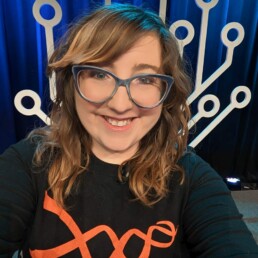By: Katy Rowe
Updated on August 29, 2023
Dive into the origins and migration path of your paternal line with our latest Family Finder feature. Here’s everything you need to know about this upcoming release.
Editor’s Note: This blog is about a new feature that will be added to Family Finder. Customers with existing Family Finder results will receive an email announcement when the feature is released, as well as an email notification once their haplogroup has been added to their results.
What is a haplogroup?
A haplogroup is a major branch on either the maternal or paternal Tree of Humankind. Haplogroups are associated with early human migrations. Today these can be associated with a geographic region or regions.
How is a haplogroup from an autosomal test different from Y-DNA tests?
Haplogroups from an autosomal DNA test only provide you with part of the story. While tests like the Big Y-700 and the mtFull Sequence look at your entire Y chromosome or mitochondria, autosomal tests are run on chips in the lab that are comprised of selected SNPs.
FamilyTreeDNA uses a custom Global Screening Array chip from Illumina that looks at about 700,000 SNPs from the autosomes, X chromosome, Y chromosome, and mtDNA. However, because the main purpose of this chip is to determine autosomal results (matching, ancestral populations, etc.), the chips contain minimal Y-DNA and mtDNA SNPs.
This means you’ll only receive a partial haplogroup from an autosomal test. Most customers can expect this haplogroup to have originated in the Metal Age (about 10,000 years ago). Comparatively, a predicted, broad haplogroup from a Y-STR test like the Y-37 or Y-111 will typically have originated in the Stone Age (about 100,000 years ago), and a haplogroup from the Big Y-700 will typically have originated in the Middle Ages or in the Modern Age (about 1,000 to 500 years ago)—within genealogical times.
Microarray chips like the Global Screening Array chip have been updated over time, and the Y-DNA SNP selection on the various chips has also changed and varies from company to company. Haplogroup results may vary from tester to tester, even if they are on the same direct paternal line, depending on which chip their test was processed on and if they have a “no call” or no results for a particular SNP.
While the haplogroup you’ll receive with an autosomal test is better than a broad haplogroup from the Y-37 or Y-111, only a test like the Big Y-700 will provide you with the complete story of your direct paternal line and properly place all testers from the same direct paternal line on the haplotree.
What can you learn from your haplogroup?
Haplogroups can give you valuable insights into your migration history, and a haplogroup from the Big Y-700 test can determine when you share a common ancestor with your paternal line matches.
Each haplogroup is associated with a mutation that occurred at a specific place and time in history. Discovering your branch on the Y-DNA Tree of Humankind allows you to unlock information about your paternal line that you can’t discover any other way.
You aren’t typically going to find historical or genealogical records about where your paternal ancestors were a thousand or more years ago and where they came from before then, but through testing of modern peoples and through ancient DNA testing, we’re able to piece together when and where mutations occurred and deliver that information to you.
Learn more about how the Y-DNA Tree of Humankind is built in this presentation from RootsTech 2023.
Because we can determine the age of a specific haplogroup, comparing your haplogroup to that of your Big Y matches can determine when you share a common ancestor with each match. We can determine if your shared ancestor lived during genealogical times, if they’re from a time before surnames were standardized, or if they lived a thousand or more years ago. Knowing when you share a common ancestor with a match can help you discover who that shared ancestor was.
Who gets one?
Genetic males with an autosomal DNA test, either a Family Finder or an unlocked autosomal transfer, will receive a Y-DNA haplogroup as part of the reporting. Because the database is so large, haplogroups will be added to your results in parts, depending on when you tested and if you tested directly with FamilyTreeDNA or with another company and transferred to us.
- Family Finder customers with new results that post after the feature is live will receive their haplogroup with the rest of their results.
- Family Finder customers who received results between March 2019 and the day before the feature is live will be the first to receive their results.
- Family Finder customers who received results prior to March 2019 will receive their results next.
- Autosomal transfer customers who have unlocked their full results will be the third group to receive their results.
- Important note: Because Ancestry and 23andMe transfers are not lab-to-lab transfers, haplogroups from these tests will only be displayed to the tester, will not be shared with matches or Group Projects, and will not be included in the Haplotree or Discover™ statistics.
All customers can expect to receive an email once their haplogroup has been added to their results.
Where can I find my new haplogroup?
Your new haplogroup will be displayed in a few places. On the right side of your Dashboard, you’ll find your Y-DNA Haplogroup Badge.
You’ll also receive two new widgets on your Dashboard under a new Y-DNA Results & Tools section: Haplotree & SNPs and Discover Haplogroup Reports.
Your haplogroup will also display on your profile card and in the Family Finder match list if you have tested with FamilyTreeDNA directly or if your autosomal transfer is from MyHeritage or Vitagene. All autosomal customers will be able to view, filter, and search their match list by Y-DNA haplogroup.
Under the Haplotree & SNPs widget, you’ll be able to view your placement on the Y-DNA Tree of Humankind.
The haplogroup reports in Discover will provide you with more insight into your origins. You can access your Haplogroup Story, view where your haplogroup is most commonly found, find Notable and Ancient Connections, check out a Migration Map, and more.
What about mtDNA haplogroups?
We didn’t forget about mtDNA! Once the rollout of Y-DNA haplogroups is complete, we’ll begin work to bring mtDNA haplogroups to all Family Finder customers. You can expect an announcement regarding mtDNA haplogroups next year.

About the Author
Katy Rowe
Product Manager at FamilyTreeDNA
Katy Rowe has always been interested in genealogy, inspired by her maternal grandparents, who told her stories about their family and family history when she was little. After studying anthropology and history in college, she joined FamilyTreeDNA in 2015 and became the Trainer for Customer Support. Katy created and improved training processes and was fundamental in the creation of the Big Y Specialist team. In September 2021, she became Product Manager and has focused closely on improving FamilyTreeDNA’s genetic genealogy products.




We look forward to the additional detail on the mtDNA haplogroups for both my wife and myself. For me the U5b1e1 shows more close connections in Sweden and Finland where the paper trail & verbal history shows Austria/Hungary.
For my wife Traci kit#547905 she was moved from a group that had many matches to the H94 group where she has a handful of matches.
Would like more info on both of these mtDNA mysteries.
I now know the YDNA for John Georg Harter, who arrived in Philadelphia in 1749. Will you be able to get me beyond that?
It’s all mier speculation on genetic y or Big Y DNA. Especially when you join DNA groups that says your Y DNA connect to a person or person but yet your ungrouped and/or kicked out not because you are rude but because you question the process after you have been talked down to is if you don’t know what you are talking about or it’s explained very vaig by the the group administrators. it’s best to stick to Autosomal test other than Y or MtDNA test.
I have tested with every company and project just Google my name. I wanted to understand all of the companies that DNA test to see and measure what thresholds they measured. So most don’t hold up to accuracy in my study.
I read the arthicle but I do not understand how to get any haplogroup in my FamilyFinder report visible if it was done before May 2023. It would be nice to have some option NOT for 99 euros….. You have our samples already there.
To which extent the haplogroup snps can be extract from your autosomal dna test? For example, I did it in other services and I could extract it maximum to G-P303 and L3e1.
I have taken one DNA test w ith you so I would like to find how far back my line goes, then do my DNA from my mother that I have. and where everybody comes from. and what area my indian side was located in the southeast.
E-M35 – that’s me!
It is a Great idea!
This will boost the Y-DNA tree, and will help all of us to find candidates for higher resolution tests.
And on the road will make FTDNA the true focal point for YDNA and mtDNA testers!